The Brutally Honest Guide to Small Dogs (From Someone Who’s Seen It All)
For years, my world has been filled with dogs of every kind, from giant breeds that could pull a cart to tiny ones that fit in a teacup. I’ve seen the incredible connections people form with their pets, but I’ve also seen the frustration that happens when reality doesn’t match expectations. And honestly? This mismatch happens most often with small dogs.
In this article
It’s an easy mistake to make. You see a tiny, adorable fluffball and think, “How much trouble can that be?” People assume less space and less food automatically means less work. That’s a huge, and potentially costly, misunderstanding.
Let’s be clear: small dogs are not just miniature versions of Labradors. They’re unique little beings with their own special set of needs, quirks, and health vulnerabilities. In a lot of ways, caring for a toy breed demands way more watchfulness and specific know-how than caring for a bigger, sturdier dog. This is the frank conversation I have with every single person thinking about bringing a small dog into their life. So, let’s get into what it really means to share your home with one of these amazing, but demanding, little animals.
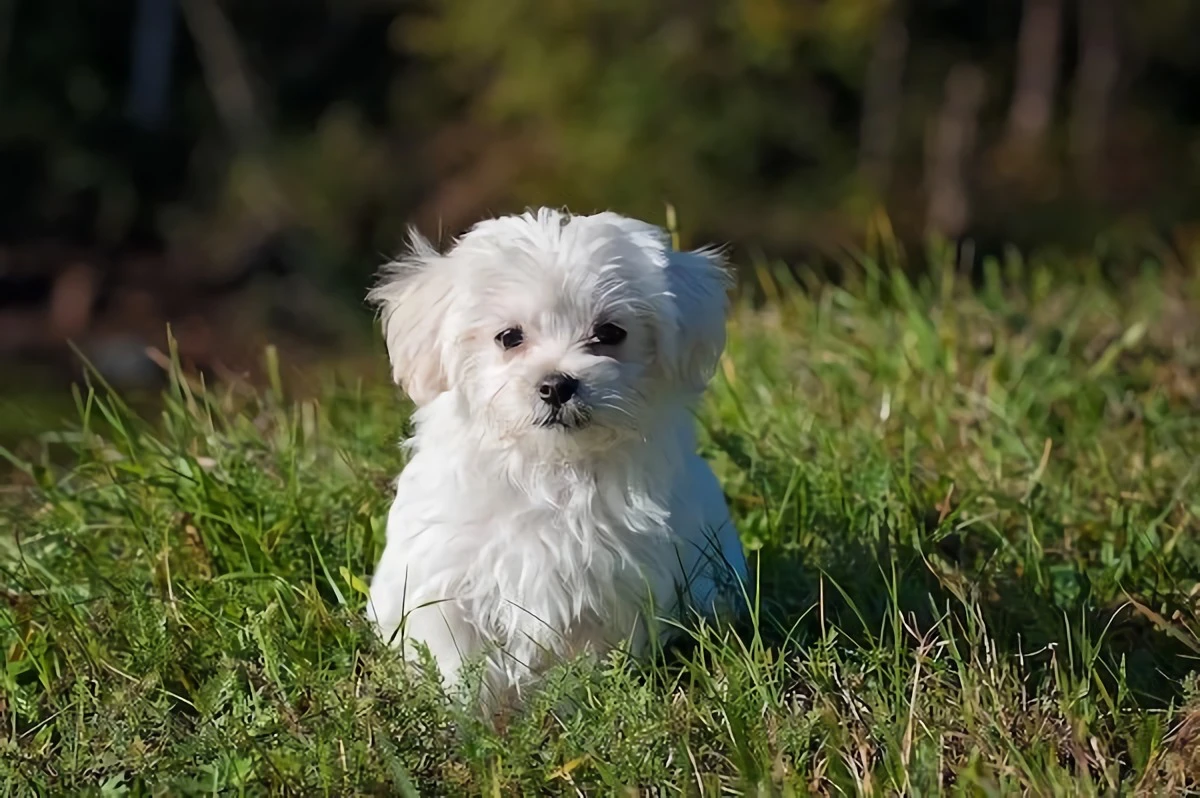
More Than Just Cute: Understanding the Small Dog Body
Before you even think about breeds, you’ve got to get a handle on the physical and mental traits that make these dogs who they are. They weren’t just shrunk in the wash; they were carefully bred over generations for specific jobs. Some were lap-warmers for the elite, others were feisty pest hunters. That background is baked into their DNA and affects everything about them.
First up is their metabolism, which runs like a tiny, supercharged engine. They burn through energy incredibly fast. What does this mean for you? A little puppy can crash into life-threatening hypoglycemia (dangerously low blood sugar) just by missing a single meal. I can’t tell you how many panicked calls I’ve gotten from new owners whose puppy is suddenly wobbly and limp. First question I always ask: “When did they last eat?”
Quick tip: Go to Petco or Chewy and buy a tube of high-calorie nutritional gel, like Nutri-Cal. It costs about $10 and is non-negotiable for any toy breed owner. A little dab on their gums can be a literal lifesaver.
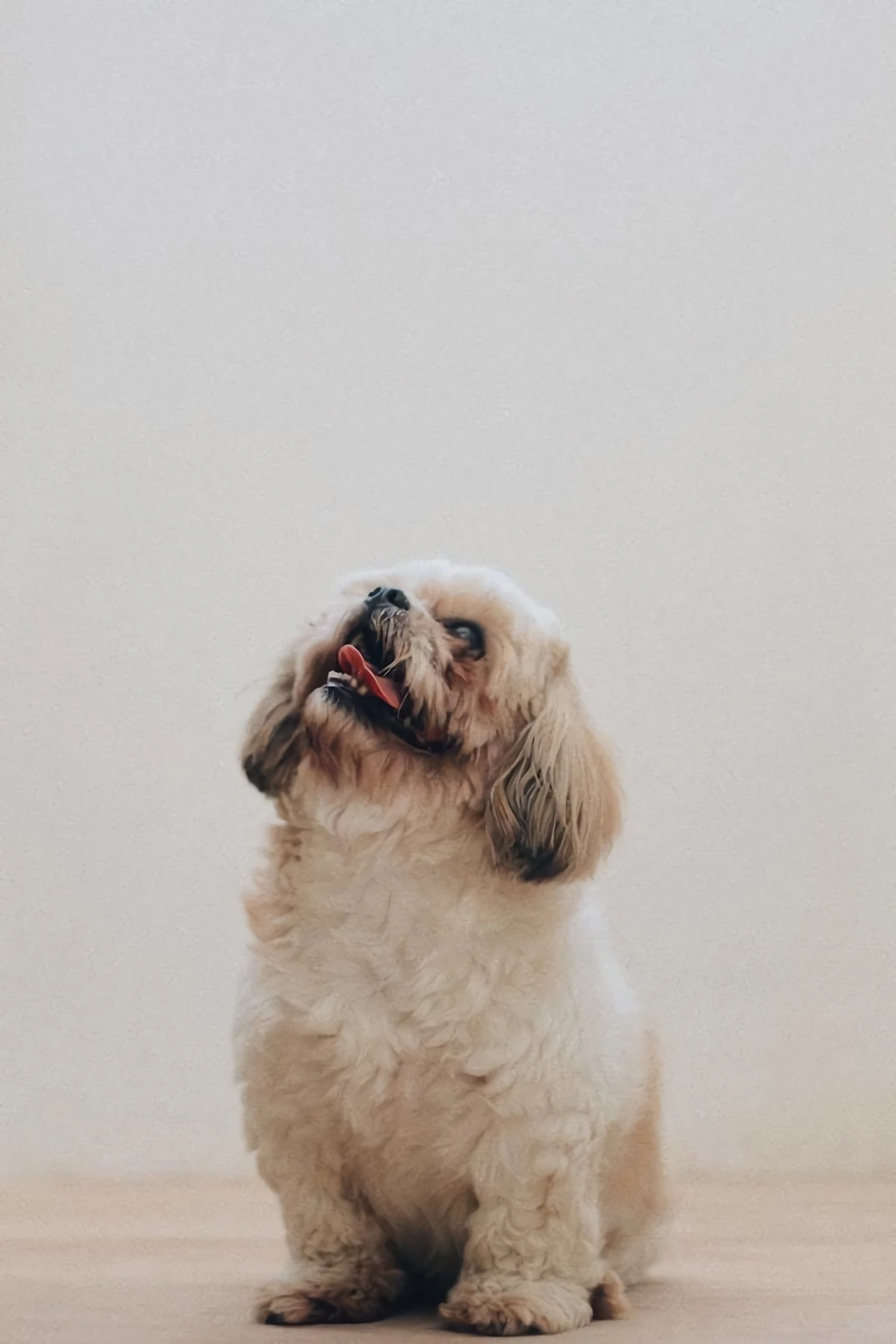
Then there’s their bone structure. Their bones are fine and delicate, like little twigs. To a tiny dog, jumping off a couch is the equivalent of a person jumping off a second-story balcony. It’s a recipe for a fractured leg, which can easily set you back thousands in vet bills. This is why doggy stairs or ramps aren’t just a cute accessory—they’re essential safety equipment. You can find decent ones online for between $30 and $80. It’s the best money you’ll spend.
And we have to talk about their mouths. A tiny dog has the same number of teeth as a German Shepherd, all crammed into that little jaw. This is a nightmare for dental hygiene. Food gets trapped, plaque builds up fast, and gum disease is rampant. Vets will tell you periodontal disease is one of the biggest health issues in toy breeds. Daily teeth brushing isn’t a suggestion; it’s a core part of their care. A routine dental cleaning under anesthesia can run anywhere from $500 to $1,000, so an ounce of prevention is worth a pound of cure.
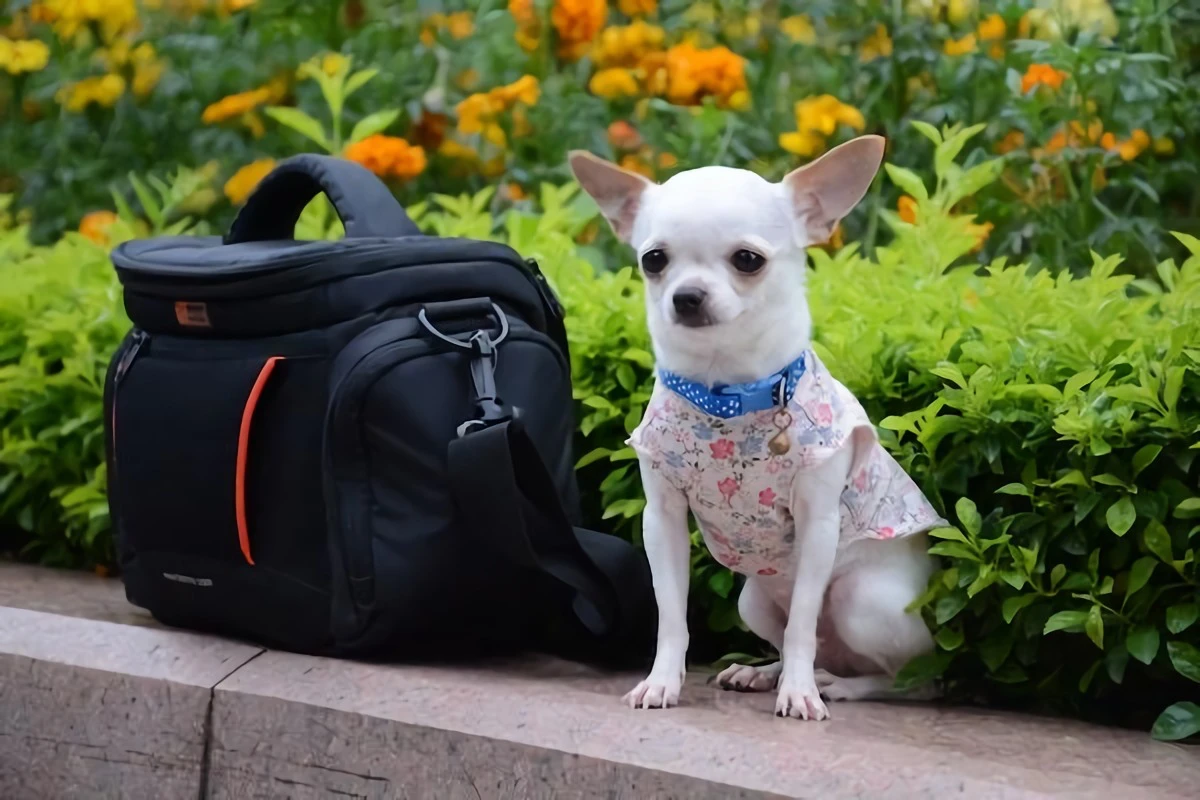
A Closer Look at Some Popular Breeds
Okay, let’s get into the specifics. Knowing the general rules is great, but every breed has its own unique flavor. This is my take on some of the most common little guys I see in my work.
1. The Chihuahua
People label Chihuahuas as shaky and nippy, but from my experience, that’s almost always a learned behavior. Deep down, they’re smart and fiercely loyal. But imagine navigating a world of giant feet and loud noises from their perspective—it’s terrifying! When owners carry them everywhere and shield them from everything, they never learn to be confident. Fearful dogs often use aggression to try and create a safe space.
Temperament & Training: They are super sensitive. Harsh methods will just make them shut down. You need to use positive reinforcement with tiny, high-value treats (a small shred of boiled chicken is magic). Early socialization is a must to build their confidence around new people and calm dogs. Their average lifespan is a long one, often 14-16 years.

Exercise Needs: A couple of 15-minute walks a day is plenty for their little legs, plus some indoor playtime.
Grooming & Care: The smooth-coat version is a breeze—just a weekly wipe-down. The long-coat needs a brush a few times a week. The real work is their teeth. You must brush them daily.
Health & Costs: They are prone to patellar luxation (a kneecap that slips), which can cost $1,500 to $4,000 per knee to fix surgically. They also suffer from collapsing tracheas (so a harness is mandatory, never a collar!) and heart issues. They are a great example of why pet insurance is a good idea.
Ideal Home: A calm apartment or house is perfect. Due to their fragility, they aren’t the best fit for homes with young, unpredictable kids.
2. The Pomeranian
This little puffball is all confidence and sass. They come from much larger sled-dog stock, and frankly, they still have that big-dog attitude. They are alert, bold, and often seem completely unaware of just how small they are.
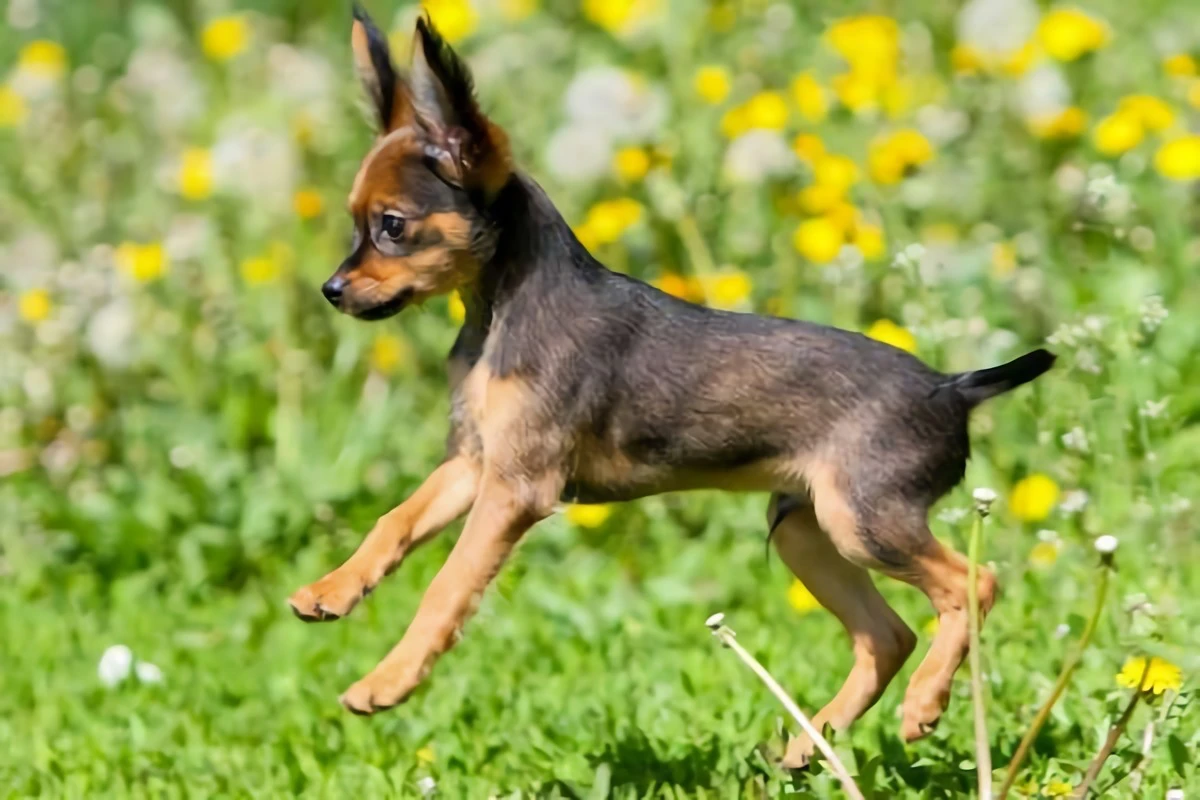
Temperament & Training: Poms are smart but have a stubborn streak. You have to make training a fun game. They are also born watchdogs, which means they love to bark. You can teach a “quiet” command, but you’ll probably never have a totally silent Pom. Their expected lifespan is about 12-16 years.
Exercise Needs: About 20-30 minutes of walking a day, plus mental stimulation like puzzle toys to keep that sharp mind busy.
Grooming & Care: That glorious double coat is a serious commitment. You need to brush it down to the skin at least three times a week (15-20 minutes a session). If you only brush the top layer, the undercoat will turn into a painful, solid mat. A professional groomer visit every 6-8 weeks will run you $70-$95 and is worth it.
Health & Costs: Like Chihuahuas, they’re prone to collapsing trachea, patellar luxation, and major dental issues. They can also get a condition called Alopecia X, which causes hair loss.
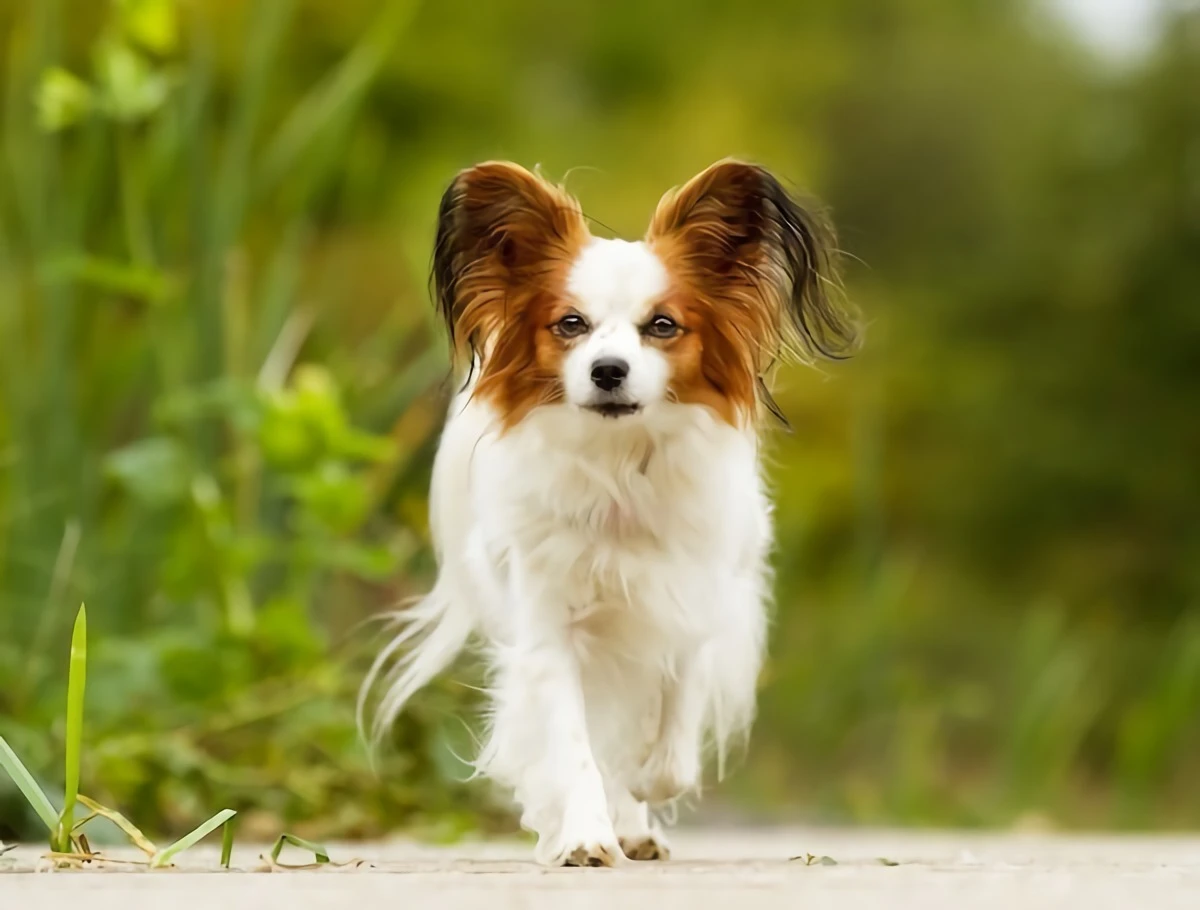
Ideal Home: Poms are adaptable to apartment life but need an owner who can handle their bravado and is ready for the grooming challenge.
3. The Yorkshire Terrier
Don’t let the silk bow fool you; the Yorkie is a true terrier at heart. They were originally bred to be tough, feisty rat catchers in industrial mills. That spirit is still there. They are brave, determined, and packed with personality.
Temperament & Training: Yorkies are smart but have that classic terrier stubbornness. House training can be a real battle. Their tiny bladders and hatred of cold, wet weather make consistency your only weapon. I’ve seen clients have success using an indoor potty patch (like a square of artificial grass on the balcony) for rainy days. They typically live for 11-15 years.
Exercise Needs: A couple of brisk 15-minute walks and some vigorous playtime with a favorite toy are essential daily.
Grooming & Care: Their hair-like coat is a big job. If kept long, it’s a daily brushing ordeal. Most owners opt for a shorter “puppy cut” from a groomer every 6-8 weeks (around $65-$85). You’ll still need to clean their face daily.
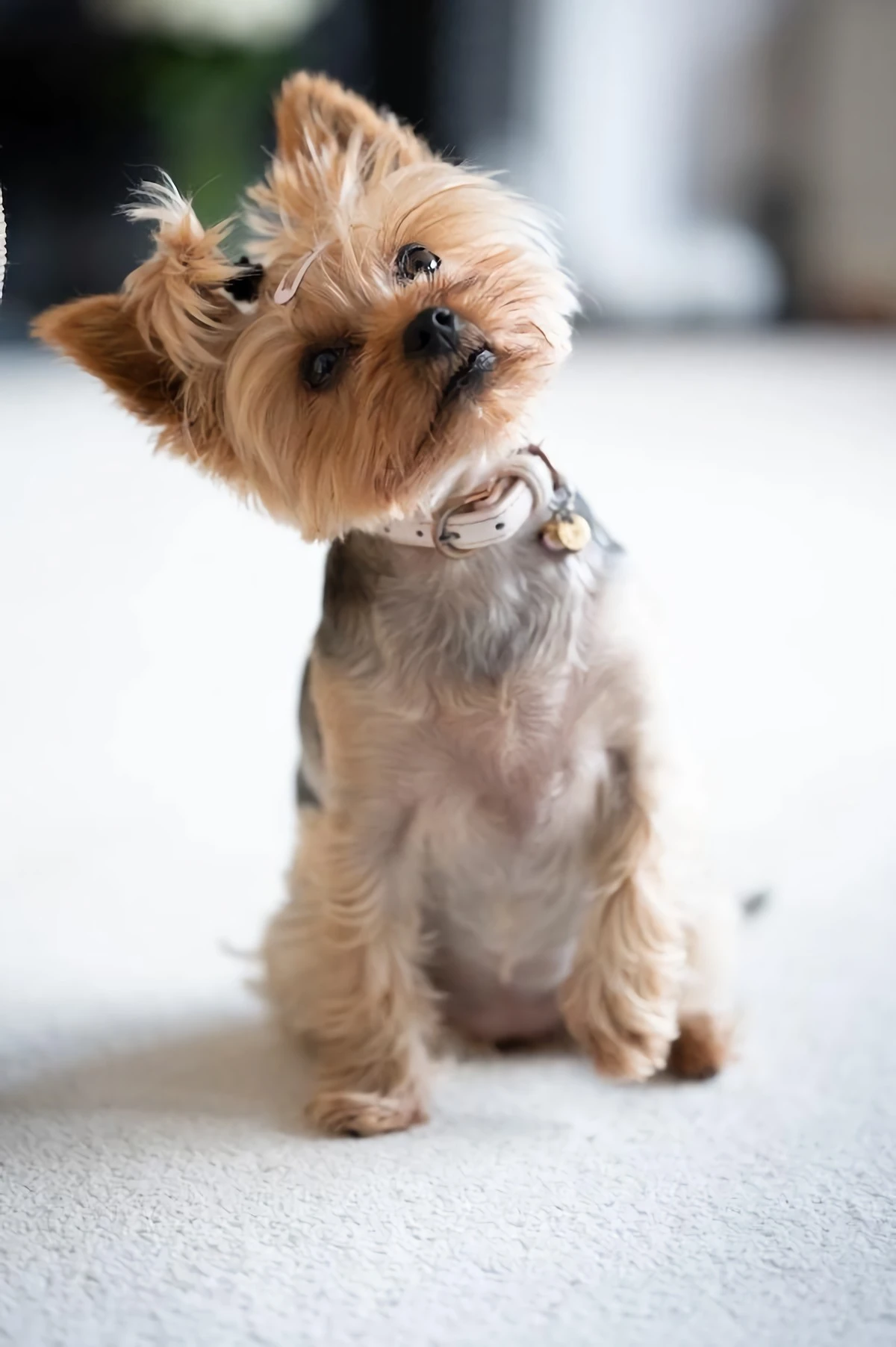
Health & Costs: Yorkies can have some serious, and expensive, health issues. Liver shunts, hypoglycemia as puppies, and collapsing tracheas are common. This is a breed where finding an exceptional, health-focused breeder isn’t just a good idea—it’s crucial to avoiding massive vet bills and heartbreak.
Ideal Home: They need an owner who gets their terrier nature and won’t treat them like a fragile toy. They need a firm but loving hand.
4. The Pekingese
The Peke is a breed of ancient, royal lineage. They were bred to be companions for emperors, and they have not forgotten it. They are dignified, opinionated, and incredibly loving with their chosen person, but generally uninterested in strangers. Their lifespan is about 12-14 years.
Temperament & Training: Pekes are intelligent but not motivated to please you. They were bred to be adored, not ordered around. Training requires a ton of patience and a sense of humor. Try to force them, and they’ll just give you a look and walk away.
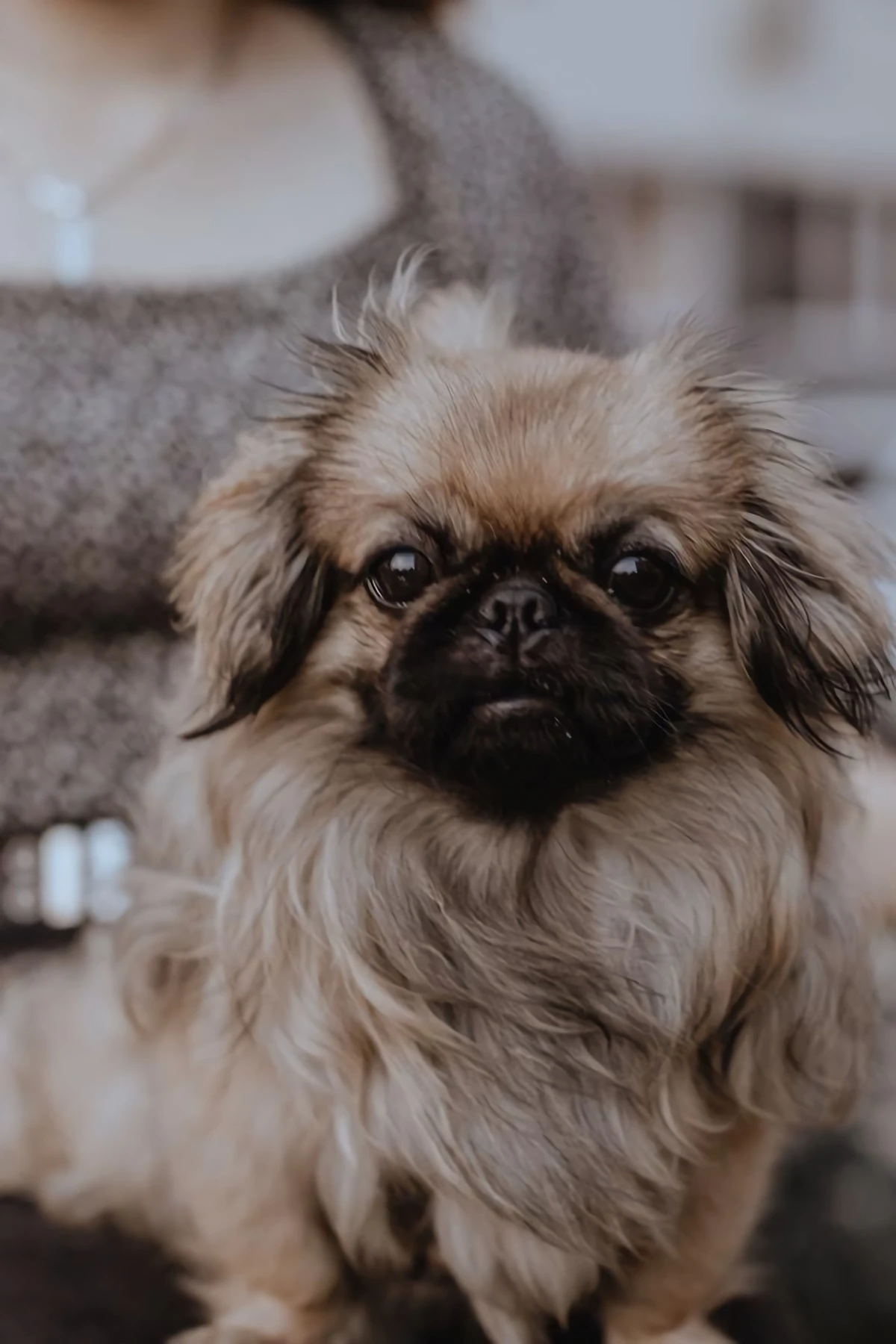
Exercise Needs: Very minimal. A couple of short, leisurely 10-minute walks a day is all they need or want. They are the ultimate low-energy companion.
Grooming & Care: That magnificent coat is a ton of work, requiring daily, thorough brushing. Their facial wrinkles must also be cleaned every single day to prevent nasty skin infections. This is a high-maintenance dog.
Health & Costs: This is a flat-faced (brachycephalic) breed, which is the root of most of their problems. Breathing issues are a given—they snore, snort, and can overheat dangerously. They MUST live in an air-conditioned home. Their big, beautiful eyes are also very vulnerable to injury. On top of that, their long backs put them at high risk for very expensive disc problems (IVDD).
Ideal Home: A quiet, calm, and air-conditioned home is a must. They are not for active families and are best suited to an adult-only household or one with very gentle older kids.
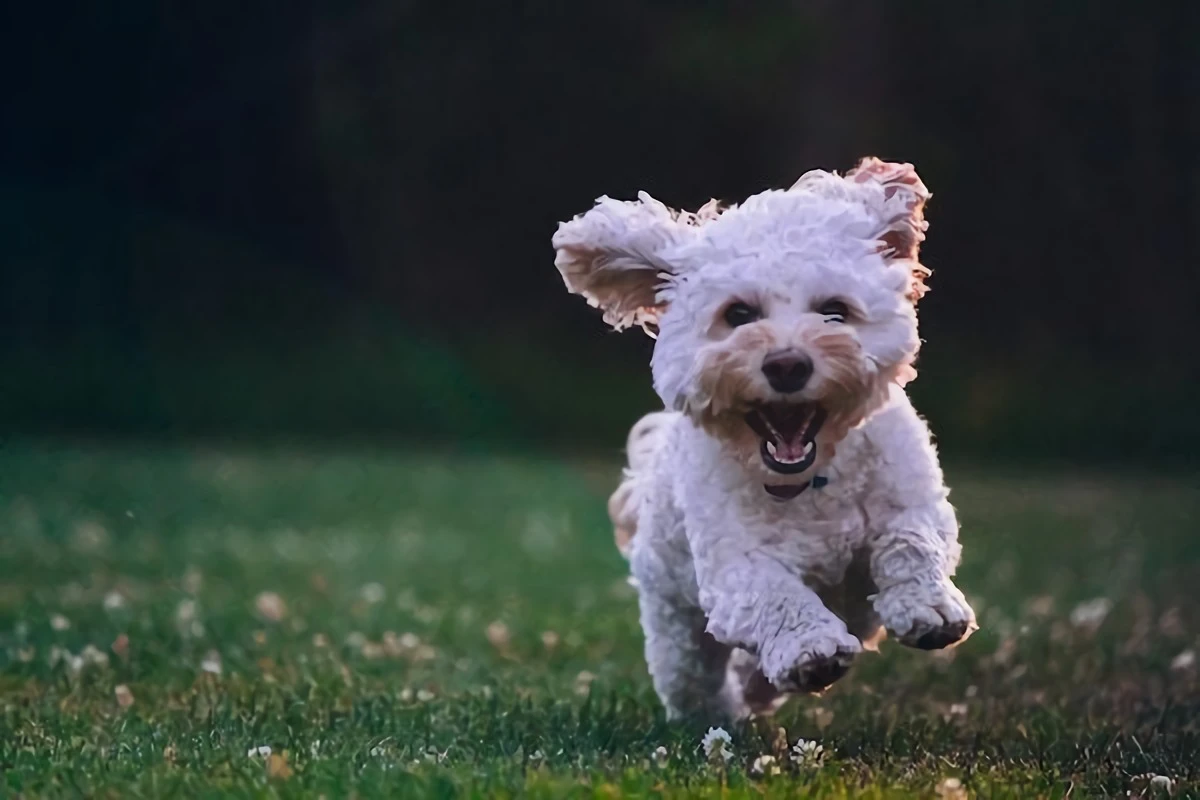
5. The Papillon
Named for its butterfly-like ears, the Papillon is the hidden athlete of the toy group. They are smart, spirited, and surprisingly robust. They offer the devotion of a lap dog with the energy and brains of a much larger breed. Papillons often live a healthy 14-16 years.
Temperament & Training: A trainer’s dream! They are bright, eager to please, and thrive when they have a job to do. They excel in dog sports like agility. A 15-minute session of learning new tricks will tire them out more than a 30-minute walk. Without that mental stimulation, they can get bored and barky.
Exercise Needs: The most active on this list. Plan for at least 30-45 minutes of real activity a day—a brisk walk combined with a training game or a run in a secure area.
Grooming & Care: Their single coat of silky hair is surprisingly easy. It doesn’t have a dense undercoat, so it’s less prone to matting. Brushing two or three times a week is usually enough.
Health & Costs: Generally one of the healthier toy breeds. They can still have issues with patellar luxation and a progressive eye condition that can lead to blindness. Good breeders will screen for these.
Ideal Home: A great choice for an active owner or family who wants a small dog that can keep up and participate in activities.
6. The Russian Toy
One of the smallest breeds in the world, the Russian Toy is a delicate, elegant dog that is gaining popularity. They have a lively, cheerful personality and form incredibly tight bonds with their family. Their typical lifespan is 12-14 years.
Temperament & Training: They are active and playful with a terrier-like spirit, but they are generally more eager to please. Early and ongoing socialization is key, as their deep bond with their family can make them a bit wary of strangers otherwise.
Exercise Needs: They have surprising bursts of energy. A daily 20-minute walk plus dedicated indoor playtime is a good balance.
Grooming & Care: The smooth-coat needs almost nothing. The long-coat needs regular brushing of the feathering on its ears and tail to prevent tangles. As always, daily dental care is vital.
Health & Costs: Their biggest health concern is their extreme fragility. Their bones are exceptionally fine. This is not a dog for a home with rowdy kids or big, clumsy dogs. A simple accident can be a catastrophe. Patellar luxation and dental issues are also common.
Ideal Home: An adult-only home or one with older, very careful children is best. They are the perfect loving companion for someone who understands their need for physical protection.
So, How Do You Choose? A Quick Reality Check
It’s a lot to take in, right? Let’s boil it down. If you’re trying to decide, think about these key areas:
- Lowest Grooming: The smooth-coat Chihuahua and Russian Toy are your easiest options, hands down. If you secretly love brushing, the Pekingese or Pom will give you a daily 20-minute task.
- Energy Level: If you’re an active person wanting a small running buddy, the Papillon is your best bet. If you’re more of a homebody, the Pekingese will be perfectly happy with a slow shuffle around the block. The others fall somewhere in the middle.
- Training & Temperament: For an eager-to-please first-timer, the Papillon is a star student. If you appreciate a challenge and a dog with a big opinion, a Yorkie or Pekingese will keep you on your toes.
- Budgeting for Health: To be frank, all toy breeds can be expensive. But you should have a particularly robust emergency fund (or excellent pet insurance) if you’re considering a Pekingese or Yorkie, as they are predisposed to some very costly genetic conditions.
Your Small Dog Starter Kit: What to Buy BEFORE They Come Home
Don’t wait until you’ve got the puppy in your arms. Have these things ready to go:
- A Well-Fitted Harness: I’m saying it again—no collars for walks! A good harness costs between $20 and $40.
- Pet Stairs or a Ramp: An absolute must for your couch and bed. You can find them for $30-$80 online or at stores like HomeGoods.
- High-Calorie Nutritional Gel: A $10 tube of something like Nutri-Cal is your emergency tool for low blood sugar.
- Doggy Toothbrush & Enzymatic Toothpaste: This $15 kit is the key to preventing thousand-dollar dental bills down the line.
- A Crate or Secure Pen: A safe space for them to be when you can’t have your eyes on them.
- Shallow Food & Water Bowls: A lesser-known trick! For flat-faced breeds like a Peke, a tilted or shallow bowl makes eating much easier. For all tiny dogs, it prevents neck strain.
The Final Word
Choosing a dog is a 15-year commitment, give or take. With a small breed, that commitment comes with a special set of responsibilities. They aren’t easier, they’re just different. They need an owner who will be their dedicated groomer, their vigilant bodyguard, and their consistent trainer.
But when you get it right… there is nothing quite like the love of a small dog. They pack more personality and devotion into their little bodies than you can imagine. Do your homework, be brutally honest about your lifestyle, and find a responsible breeder or rescue that puts health first. If you can do that, you can give one of these tiny dogs the huge, happy life they absolutely deserve.
Inspirational Gallery with Photos
Why is everyone so obsessed with a small dog’s teeth?
Because their small mouths often lead to overcrowded teeth, creating a perfect environment for plaque and tartar. This isn’t just a cosmetic issue; periodontal disease is rampant in small breeds and can lead to tooth loss, jaw fractures, and even spread bacteria to vital organs like the heart. Daily brushing with a canine-specific enzymatic toothpaste like Virbac C.E.T. is non-negotiable, not an optional extra.
The American Kennel Club notes that many toy breeds, like the Maltese and Pomeranian, can live for 15 years or longer, far outlasting many larger breeds.
This incredible longevity is a gift, but also a serious, long-term commitment. When you get a small puppy, you need to be prepared for the possibility of providing dedicated, and often expensive, senior care nearly two decades down the line.
Collar: A classic choice, but for many small breeds with delicate necks (like Yorkies, Pugs, or Chihuahuas), it can put dangerous pressure on the trachea, potentially causing or worsening a common condition called tracheal collapse.
Harness: The clear winner for safety. It distributes pressure across the broader, stronger chest and shoulders, protecting the fragile neck area during walks. For a comfortable and vet-recommended option, look at the soft mesh design of a Puppia or Gooby harness.
The most common mistake: Letting your 8-pound dog get away with behavior you’d never tolerate from an 80-pound dog. Growling, resource guarding, or snapping isn’t
- A dog who walks politely on a leash without pulling.
- A companion who doesn’t bark uncontrollably at the doorbell.
- A pet who can be trusted around new people and other animals.
The secret? It’s not complicated. It’s using the same consistent, positive reinforcement training techniques you’d use for a German Shepherd. Their brain isn’t small, just their body is. Treat them like a real dog, and you’ll get a well-behaved one in return.
The world opens up when your best friend can fit under an airplane seat. But being travel-ready requires the right gear to ensure their safety and comfort.
- A well-ventilated, airline-approved carrier: The original Sherpa carrier is a gold standard, with locking zippers and a sturdy frame that’s accepted by most airlines.
- A collapsible water bowl: Brands like Kurgo make silicone bowls that fold flat and clip onto your bag.
- High-value, non-messy treats: Freeze-dried liver or small training treats are perfect for rewarding calm behavior in a confined space.
Get ready to have a shadow. Many small breeds, originally bred for close companionship, are true
According to pet insurance claims data, the treatment for a luxating patella (a common knee problem in small breeds) can cost anywhere from $1,500 to $5,000 per knee.
Forget the one-size-fits-all approach to kibble. Small dogs need calorie-dense food in tiny pieces that are easy for small jaws to chew. Lines like Royal Canin’s X-Small or Hill’s Science Diet Small Paws are specifically formulated to meet their super-high metabolic needs without forcing them to eat large, uncomfortable volumes.
Creating a safe










